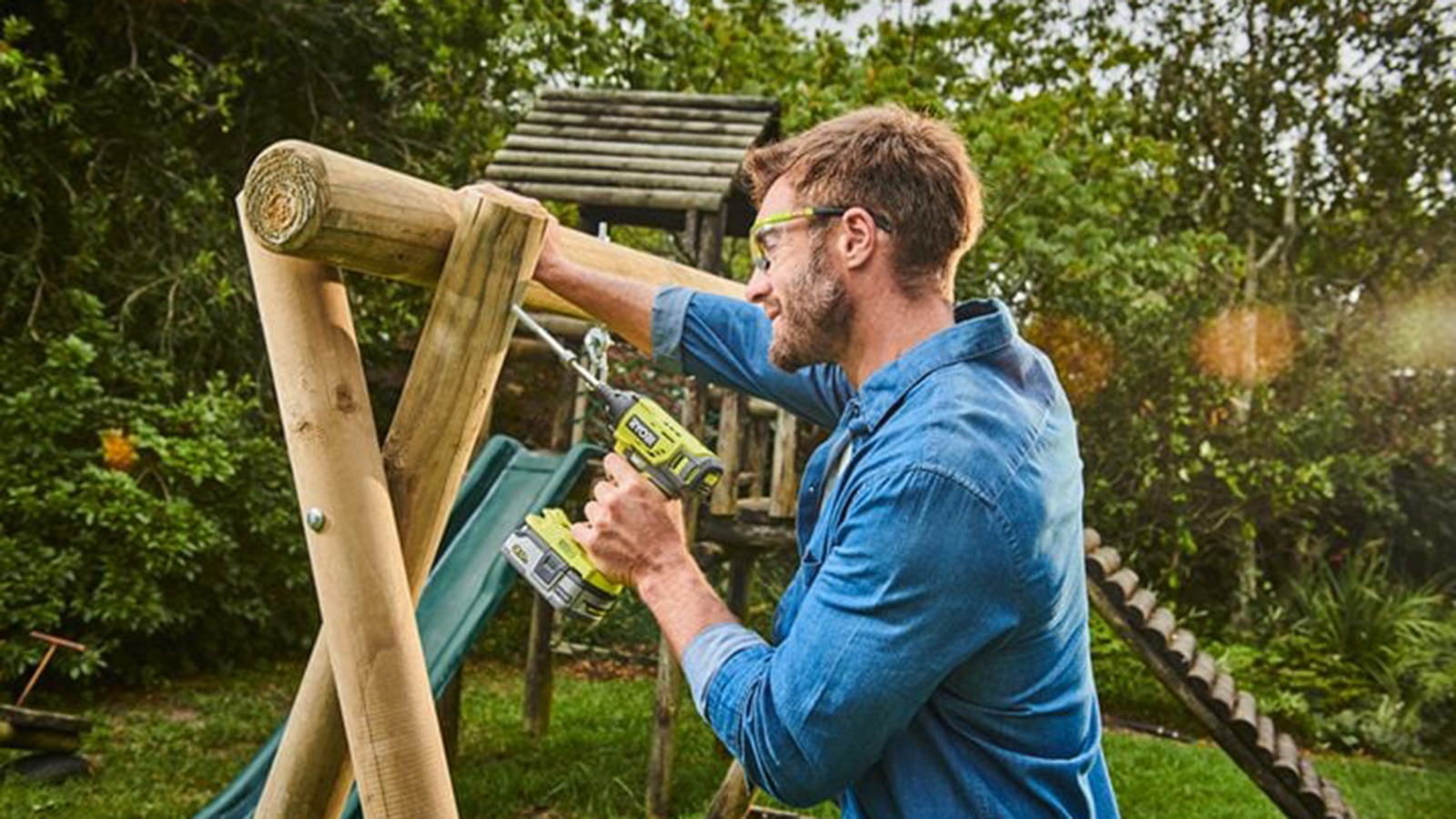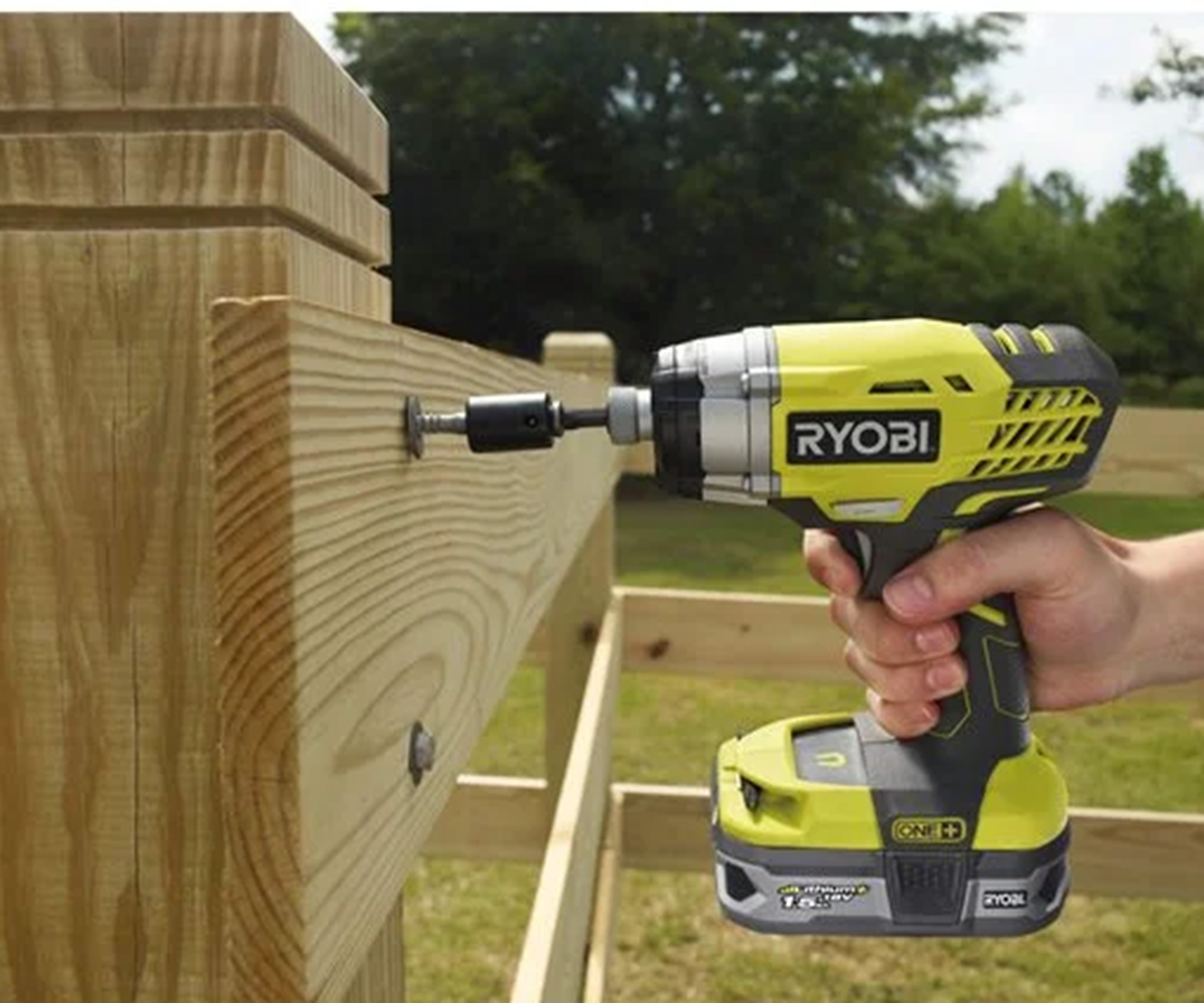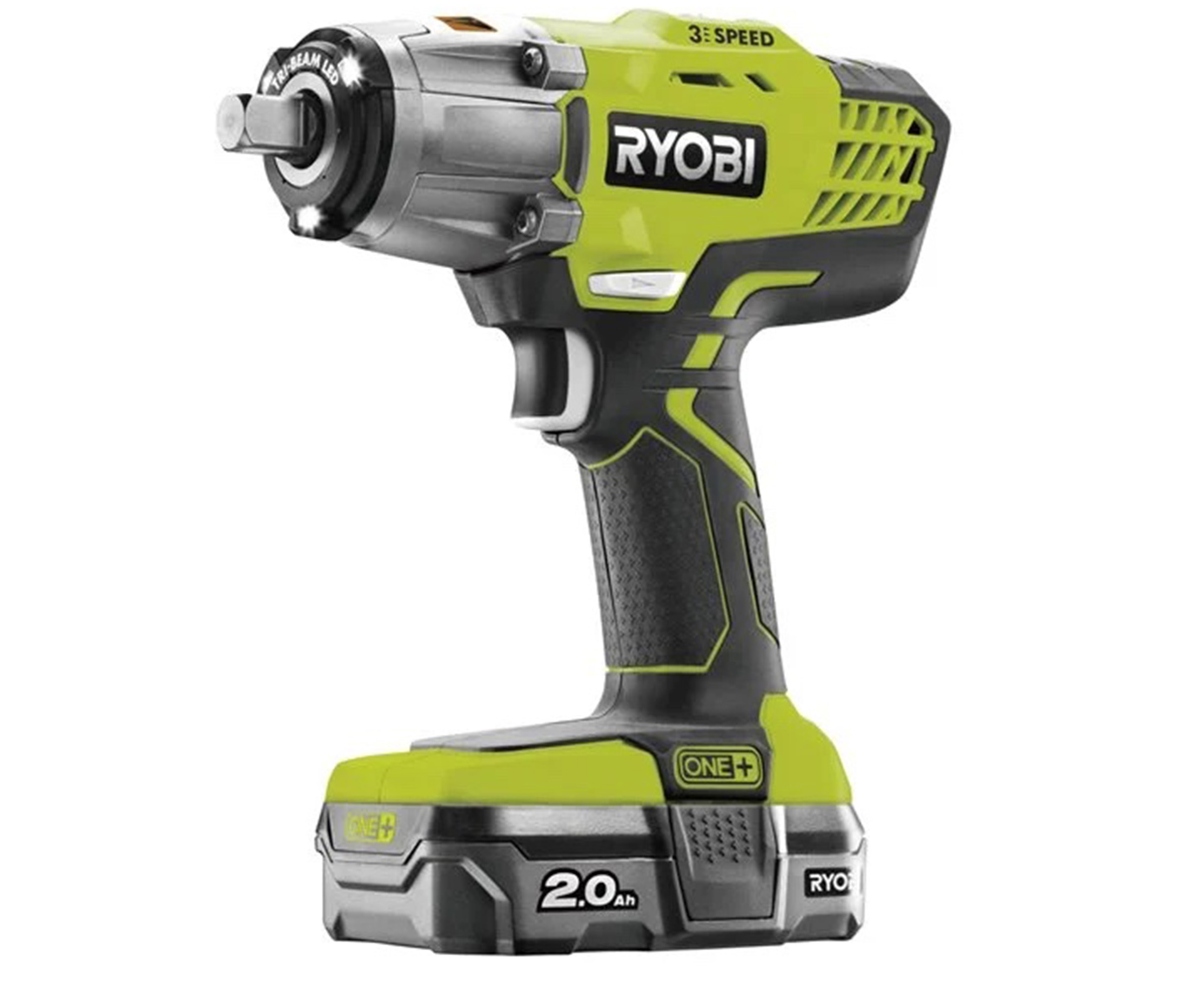Impact driver vs impact wrench: Two similar tools for totally different tasks

Time to look at impact driver vs. impact wrench. It’s one of the easiest mistakes you can make when buying a power tool: you’ve bought an impact driver, but what you really needed was an impact wrench (or vice versa).
Like so many types of drill and other power tools, impact drivers and impact wrenches have a lot in common. They are designed to do similar types of work — especially removing and installing fixings. However, the tools are designed to do different tasks, with very little overlap between the two.
In this guide, we’ll break down the key differences between impact drivers and impact wrenches, so you can go ahead with confidence and choose the right tool. We’ll talk about the differences in their design and capabilities, and what types of work you can do with each tool.
Helping us along the way will be Martin Stewart, a National Power Tool Trainer at the tool-maker Ryobi, which makes both impact drivers and impact wrenches.
The difference between impact drivers and impact wrenches
| Impact driver | Impact wrench |
|---|---|
| Turns hexagonal impact driver accessories | Turns square impact wrench accessories |
| Fairly high torque (turning force) | Very high torque (turning force) |
| Relatively small and light | Somewhat larger and heavier |
| Similar design | Similar design |
Choosing the right bit shape and compatible attachments
Whether you are looking at how to install decking or carrying out some jobs around the home, just what are the most important differences between impact drivers and impact wrenches? They’re compatible with different types of bit or attachment. As a result, each type of tool is suitable for working with different fixings.
Impact drivers usually have a hex drive which accepts hexagonal bits and attachments. Typically, these hex bits will be ¼ inch across, although larger impact drivers may be compatible with other sizes of hex bit.
Impact wrenches usually have a square drive, which accepts square bits and attachments that attach to the tool via a friction ring or a pin detent. They typically come in ¼ inch, ⅜ inch or ½ inch sizes, which the user should match to the impact wrench in question (although even larger square bits are available for industrial applications). Impact wrenches are most often used with socket attachments, which can turn hex-shaped fastenings like nuts and bolts.
Bring your dream home to life with expert advice, how to guides and design inspiration. Sign up for our newsletter and get two free tickets to a Homebuilding & Renovating Show near you.
You can get an adapter to make an impact driver turn a square attachment, or make an impact wrench turn a hex attachment. However, it’s best just to use each tool as the manufacturer intended.
What can you do with an impact driver?
Because they turn different attachments, impact drivers and impact wrenches tend to be used for very different tasks around the home, garage or garden. Ryobi’s Martin Stewart is here to take us through the uses of each type of tool.
“An impact driver is aimed at applications where fastening typical DIY fixings, including screws, is required,” says Martin.
“The small design and one-handed operation are ideal for DIYers completing general fixing applications. The tool features a ¼-inch hex chuck which accepts industry standard screwdriver bits, although it is recommended to use impact-rated bits to withstand the extra power an impact driver impresses on the bit. Suitable bits are widely available on the market for use with all the major designs of fixings.”
It’s worth noting that you can use also an impact driver to turn nuts and bolts — but only up to a size of around ⅜-inch.

What can you do with an impact wrench?
“Impact wrenches are generally used for applications where larger fixings need to be fastened and/or loosened. From a DIY perspective, one of the most common applications is removing wheel nuts from a car or other rusted-on bolts,” says Martin.
“If you need to fasten larger fixings on a DIY project, such as coach screws on the supporting legs of a subframe when carrying out decking maintenance, then an impact wrench is the best tool for the job.”
In short, you should take a fastening-first approach to choosing between an impact driver and an impact wrench. Is the fastening small enough to be turned by an impact driver, or does its larger size (or its stubbornness) mean you’ll need to use an impact wrench?

How to tell the difference between an impact driver and impact wrench
So, what is an impact driver? Impact drivers and impact wrenches often very closely resemble one another. They usually have the same stubby shape to the barrel, the same one-handed grip and the same branding – especially if they come from the same power tool range.
For instance, the Ryobi RIWH18X-0 Cordless Impact Wrench and the Ryobi RID18C-0 Cordless Impact Driver would look similar to the first-time buyer, and they belong to the same ONE+ range of 18V cordless tools.
“The design philosophy is the same, even though both of these tools are developed for different applications,” says Martin.
“When we make an impact wrench, the only difference is that we are focused on developing a tool with much more power because it is aimed at applications where much larger fixings are being used, such as the wheel nuts on a car or van.
“We always strive to develop a tool to be as user-friendly as possible, powerful, intuitive, durable and safe to use. There is also a fine balance between size/weight vs power output and general ergonomics to help reduce user fatigue during long periods of usage,” he adds.
One design difference between impact drivers and impact wrenches that’s easier to spot in person than it is online is their size (and weight).
“An impact wrench, while technically based on a similar design, is larger and heavier than an impact driver since it is designed to produce a lot more power,” says Martin.
This difference shows up in the product specs. While an impact driver will usually deliver around 200-300 Nm of torque, this measure tends to be much higher in an impact wrench, at around 400-1,000 Nm. An impact driver’s torque will be more than enough for most DIY tasks – but the extra force produced by an impact wrench is essential for turning big, stubborn fastenings.
The history of impact tools
Impact drivers and impact wrenches jointly make up a category of tools known as ‘impact tools’. These tools apply torsional force to turn fastenings like screws, nuts and bolts.
Before impact drivers and impact wrenches came to market, the best thing workers could do to produce a similar effect was to strike a tool such as a wrench with a hammer, thus forcing stubborn fastenings to loosen or tighten up.
The first patent on an electric impact tool for fastening (or loosening) fixings was filed in the US in 1932. It set out the aim “to provide a simple tool embodying a new and improved means for producing a succession of impacts of great force.”
This refers to the anvil mechanism within the impact tool, which rapidly and powerfully strikes the drive in order to turn the attached bit or socket (and whichever bolt, screw or other fixing you’re working on). You can hear this action as a sort of rattling sound – and you can feel it as fixings turn with relative ease.
Developed for industry, impact tools became particularly important in automotive applications – especially assembling and disassembling vehicle parts. The impact wrenches adopted by mechanics were often powered by compressed air, and this is still true today.
Present-day impact drivers and impact wrenches still meet the original aims of simple operation and powerful turning – although they have, of course, been updated with features such as brushless motors and lithium-ion batteries for cordless operation.
Increasingly, impact drivers are used for drilling applications by DIYers. This is made viable through the use of impact-rated drill bits, which can often be distinguished by their black finish.

Pete Wise is a freelance writer and keen DIYer from Leeds. Pete's tool reviews have featured in titles including Homebuilding & Renovating, Ideal Home and The Independent. He also writes features and news articles for publications such as The Guardian, BBC Good Food and T3. When he isn't busy writing, Pete can often be found at libraries, pubs and live music venues. He finds tile-cutting strangely zen.
Pete Wise is a freelance writer and keen DIYer from Leeds. Pete's tool reviews have featured in titles including Homebuilding & Renovating, Ideal Home and The Independent. He also writes features and news articles for publications such as The Guardian, BBC Good Food and T3. When he isn't busy writing, Pete can often be found at libraries, pubs and live music venues. He finds tile-cutting strangely zen.

